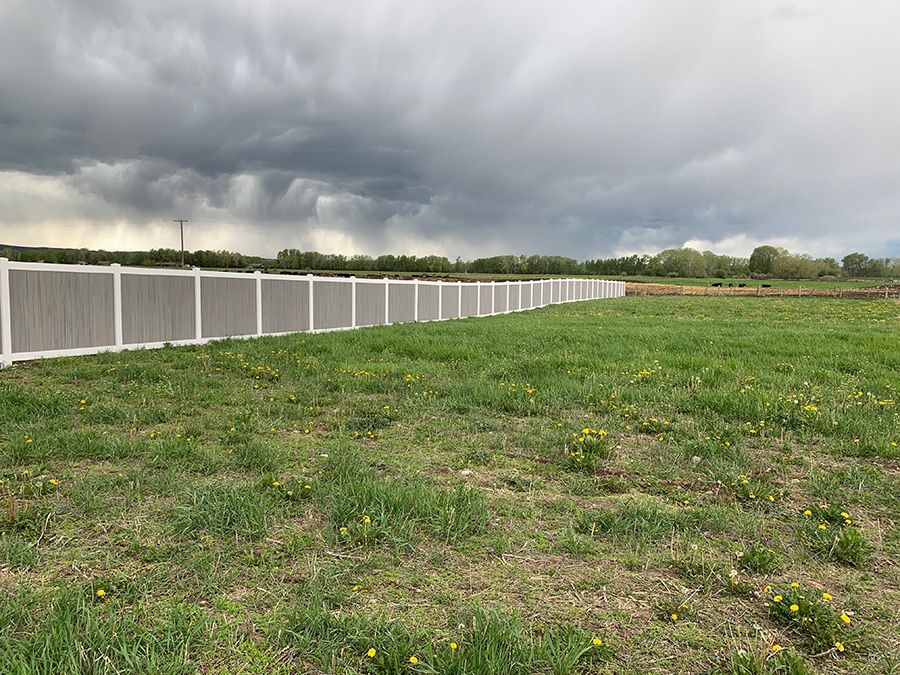Understanding Vinyl and Wood Fencing
Selecting the ideal fence for your property often comes down to vinyl or wood. Each material has its own set of advantages and challenges, so it’s essential to consider your needs, style preferences, and budget.
We’ll guide you through the essential aspects of vinyl and wood fences to help you choose the material that best suits your home.

Pros and Cons of Vinyl Fences
- Durability: Vinyl fences are highly resistant to weather, pests, and rot, making them a long-lasting choice.
- Low Maintenance: Vinyl fences are easy to maintain, requiring minimal effort—just a simple wash from time to time.
- Cost: Although vinyl fences can be more expensive to install initially, they offer long-term savings due to their low maintenance needs.
- Drawback: The lack of variety in color and style can make vinyl fences less versatile in terms of design.
Wood Fences: The Good and the Bad
- Aesthetic Appeal: Wood fences offer a classic, natural look that can be customized with different stains, paints, or finishes.
- Cost: Wooden fences are often more cost-effective to install than vinyl fences.
- Maintenance: Wood fences require regular maintenance, such as painting, staining, and repairs, to prevent damage from pests and the elements.
- Lifespan: Wooden fences may not last as long as vinyl, particularly in regions with extreme weather conditions.
Comparing Costs: Vinyl vs. Wood
Vinyl fences often come with a higher upfront cost but offer long-term savings because of their low maintenance. Wood fences are more affordable at the start but can incur additional costs due to ongoing maintenance.
For a long-term investment, vinyl may offer better value, while wood could be more economical for short-term or budget-friendly projects.
Eco-Friendly Fencing: Vinyl vs. Wood
Wood fences are often considered more eco-friendly because they use a renewable resource. However, treated wood can contain chemicals that are less environmentally friendly. On the other hand, vinyl is not biodegradable, but its longevity reduces the need for replacements, lowering its environmental footprint over time.
For a more sustainable option, look for wood that is sustainably sourced or vinyl made from recycled materials.
